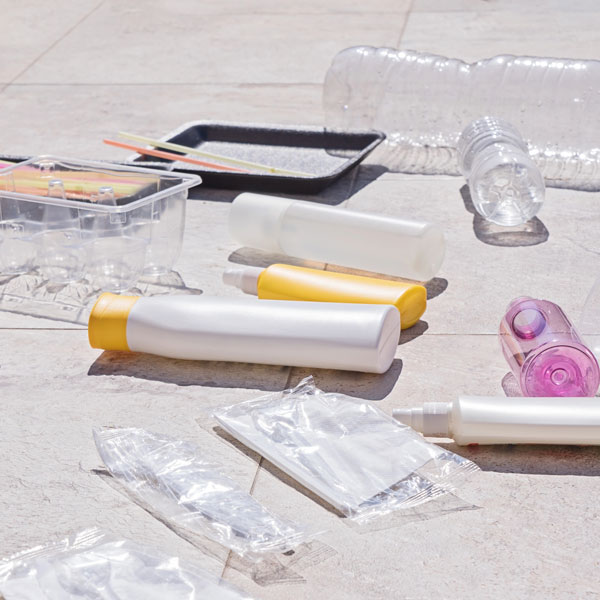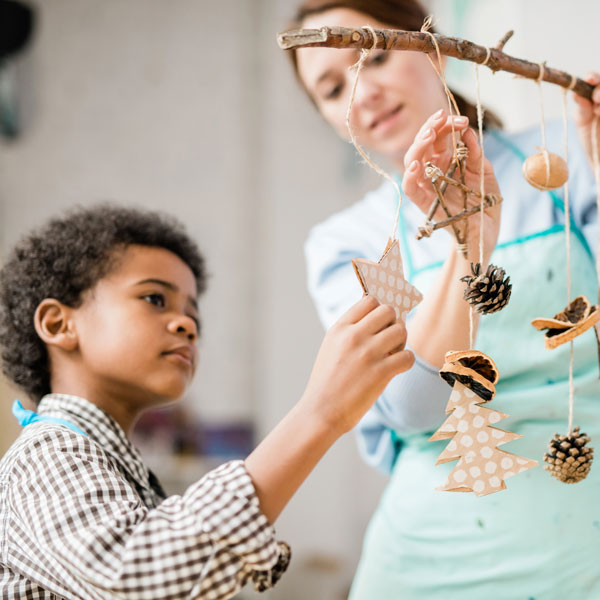Play-Based Classroom Materials Guide
How to Set Up and Choose the Right Tools
Why Materials Matter
In a play-based classroom, materials are more than supplies; they are intentionally chosen tools that help children explore concepts, apply knowledge, and develop essential skills. Through shared use, students practice language, expand vocabulary, and strengthen social emotional skills like sharing, cooperation, and turn taking. Well-chosen materials act as a scaffold or “second teacher,” inviting children to demonstrate understanding in multiple ways.


Open-Ended vs. Closed Materials
Open-Ended Materials can be used in many ways, with no single “correct” outcome. Examples include blocks, natural objects, or recycled containers.
Closed Materials have one fixed use or solution, such as puzzles or worksheets.
Open-ended materials spark experimentation, build cognitive flexibility, and can be reused across subjects and grade levels.

See Different Materials in Action
← Watch the Video: Playful Learning Materials
Open-ended materials unlock endless possibilities for problem solving, creativity, and deeper cognitive growth.
Learn more about open-ended materials and why they are essential for play-based learning.
Using What You Already Have
You don’t need a big budget to begin, you can start with everyday, found, or recycled materials:
- Building and Design: Blocks, cardboard boxes, and recycled containers
- Nature: Pinecones, leaves, shells, or stones
- Art and Creativity: Paper, markers, tape, and fabric scraps
- Exploration Tools: Magnifying lenses and measuring tools
- Documentation: Clipboards, notebooks, or cameras
Community partnerships can expand your options. For example, when the Connecticut River Museum visited Kattie Konno Leonffu’s fifth grade classroom, they brought a giant floor map of the Connecticut River and boxes of intentionally selected items for students to use as they explored the river’s history and geography.

Next Steps
Choosing materials is the first step toward sparking curiosity. Start with what you have, build gradually, and let students show you how materials inspire learning.
- See how materials fit into classroom practice: Implementation Guide
- Connect materials to inquiry: Essential Questions
- Share how materials support rigorous learning: Talking to Parents
- Explore practical resources for getting started:: Play-based Educator’s Toolkit